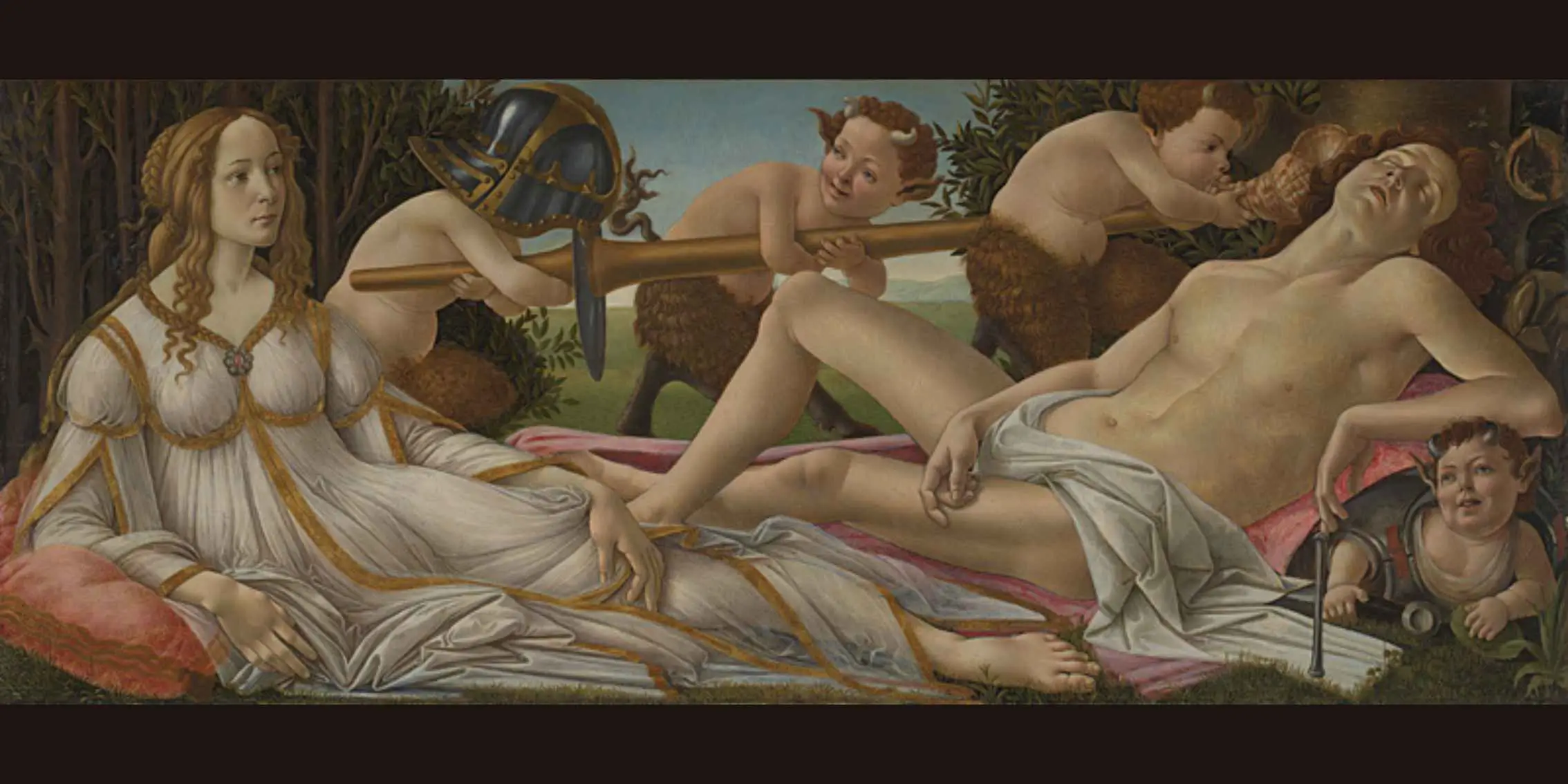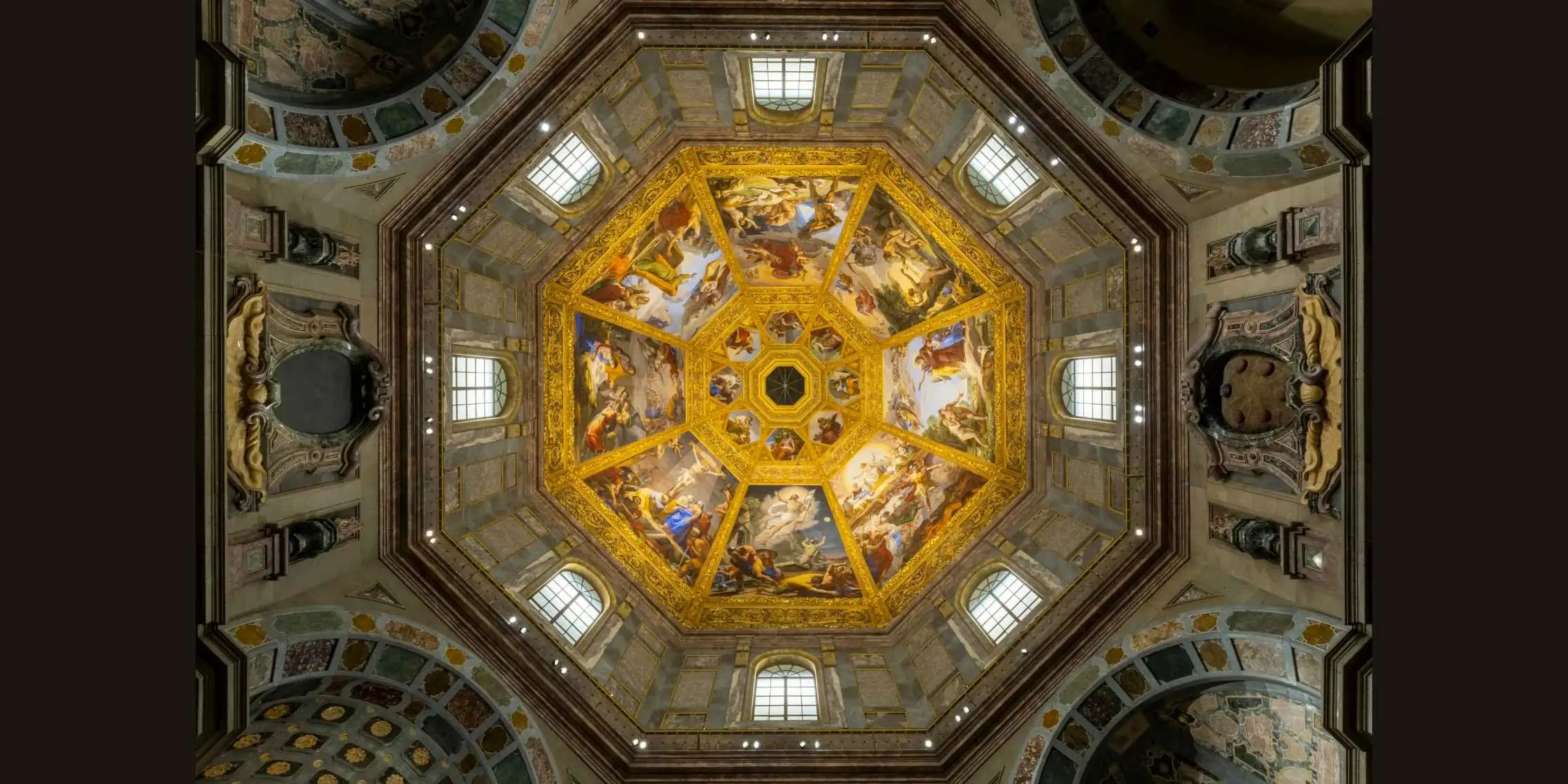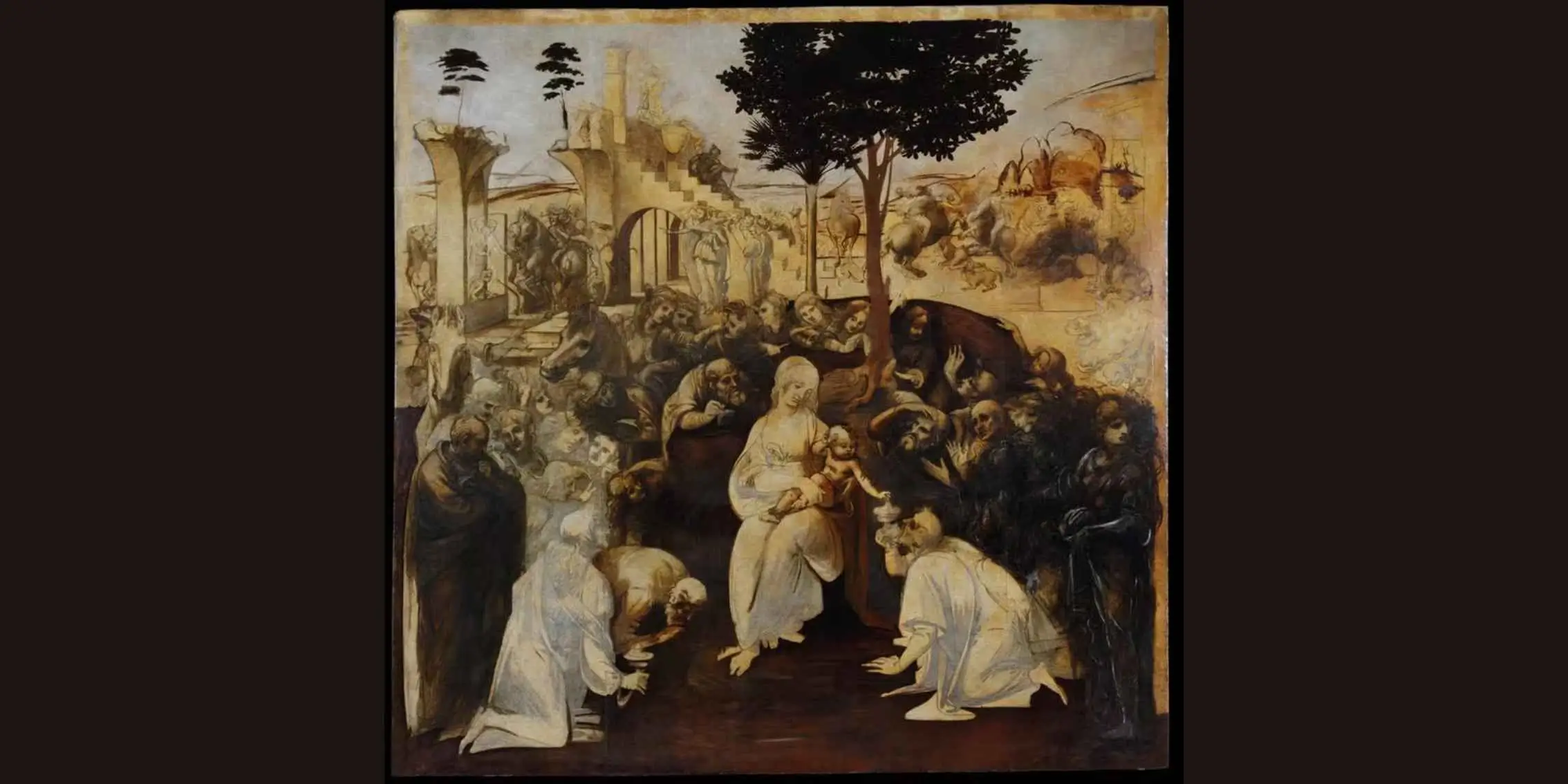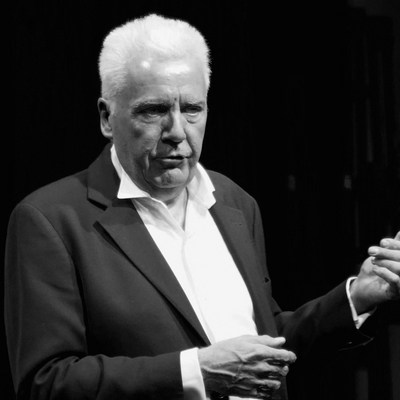Under the Florentine sun of the 15th century, power and beauty converged. The mighty Medici dynasty transformed their city into the heart of the Renaissance, altering the course of Western art. This article explores how their patronage elevated artists like Michelangelo, Botticelli, and Leonardo da Vinci—drawing on material from our Art Appreciation Diploma course and dedicated Renaissance module.
In short…
This glimpse into Medici art patronage offers insight into our Art Appreciation Diploma course, including modules on Renaissance art and humanism.
The Medici family, a powerful banking dynasty, rose to prominence in Florence during the early Renaissance. Starting with the Medici Bank in 1397, their immense wealth translated into political dominance, shaping Florence for nearly 300 years. Figures like Cosimo de’ Medici and Lorenzo the Magnificent tied their legacy to Florence’s cultural and artistic transformation.
Art patronage in the Renaissance wasn’t just devotion—it was strategy. The Medici used commissions to project power, prestige, and influence while embedding their name into Florence’s artistic golden age.
Artistic genius needs support. The Medici provided that backing, forging relationships with a generation of masters whose works reshaped art forever.
One of the earliest artists to benefit from Medici patronage, Donatello’s collaborations reflected shared humanist ideals.
Key Commission: Contributions to the Pulpits of San Lorenzo for the Medici-funded Basilica of San Lorenzo.
Botticelli’s close ties with Lorenzo de’ Medici’s circle of poets and philosophers shaped his mythological works.
Key Commission: Venus and Mars (1480s), reflecting Medici interest in harmony, mythology, and humanist ideals.

Introduced to Lorenzo de’ Medici at 13, Michelangelo gained access to education and the Medici art collection—fueling a career of iconic works.
Key Commission: The Medici Chapel at San Lorenzo, featuring sculptures of Dawn and Dusk.

Though less formal, Leonardo’s Medici ties provided intellectual support and opportunities early in his career.
Key Commission: The Adoration of the Magi (1481), commissioned under Lorenzo de’ Medici.

From Cosimo onward, Medici patronage transformed Florence into the Renaissance’s open-air museum of art and architecture.
Lorenzo’s court gathered artists and scholars, driving the intellectual currents that propelled the High Renaissance and influenced later movements like Manerism.
Today, their influence lives on in Florence’s museums, from the Palatine Gallery to the Uffizi. Their legacy of power and patronage remains central to Renaissance art history discussions.
The Medici embraced humanism, celebrating human potential and classical ideals. Yet art proved unpredictable: Michelangelo’s David, initially a symbol of Florentine liberty, later became a rallying point against Medici rule. As critic Eleanor Heartney observes, patrons may guide art’s creation—but its impact often exceeds control.
Takeaway: Patrons shape art, but masterpieces transcend their original intent.
The Medici story proves how patronage can nurture enduring beauty. What would the Renaissance have looked like without them? Explore more with The Art Institute’s online art appreciation course.

Tutor at The Art Institute
At The Art Institute, tutors provide clear, practical insights into the forces that shaped art history. Experts like Stephen Farthing guide students through movements such as the Renaissance, showing how patrons like the Medici changed art forever.
Published: